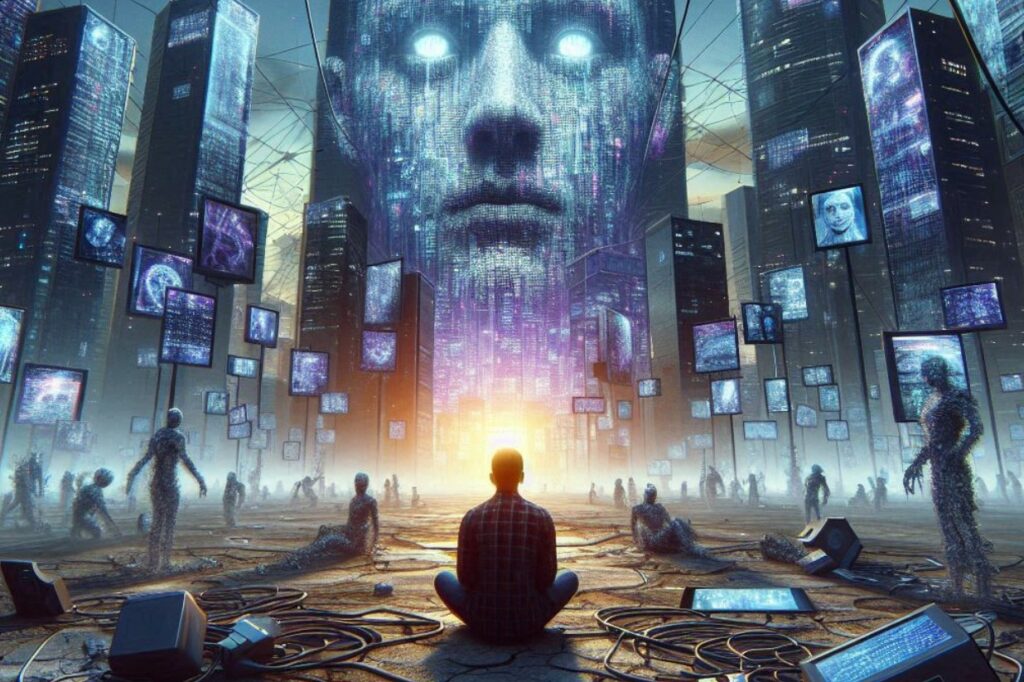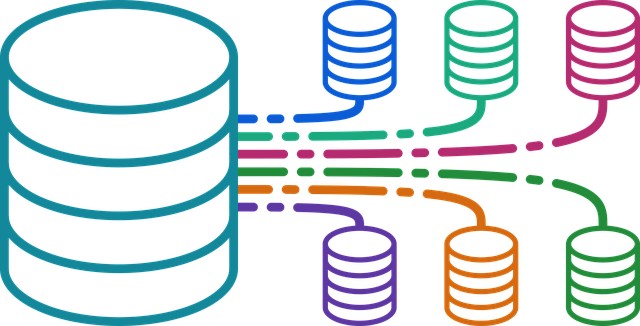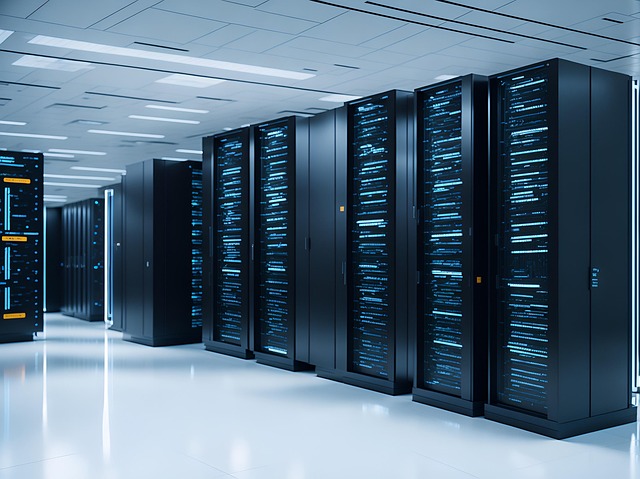
From learning machines to self-improving ones: the evolutionary leap that is rewriting the code of the future
As you read this article, most likely, in a data center around the world, a machine is writing code more efficiently than a senior engineer. This isn’t science fiction: it’s the reality of July 2025, where AI programs itself, marking a turning point for the future of programmers. The question is no longer if a machine will surpass us in intelligence, but when it will happen. According to Mark Zuckerberg, this moment could arrive within 12-18 months, with most code generated by artificial intelligence¹.
The question posed by Alan Turing in the 1950s: “Will machines be able to think?” is transforming every aspect of society, from laws to economic systems, from cybersecurity to the design of the data centers that host these advanced artificial intelligences. Benchmarks, standardized tests that evaluate specific skills such as language comprehension or logical reasoning, are the yardstick of the global technological race. For example, a recent analysis by the ARC Prize Foundation highlights how artificial intelligence systems have surpassed human capabilities in many benchmarks, such as linguistic comprehension or visual reasoning². This competition between learning and testing has created a virtuous cycle: every three to four months, a new model or innovative test emerges, fueling relentless research, as Professor Nello Cristianini, an artificial intelligence expert at the University of Bath and author of the Thinking Machines trilogy, points out.⁴
This progress has been made possible by an unprecedented acceleration of machine learning, thanks to algorithms trained on enormous amounts of data: book archives, much of the web, billions of images and videos. Researchers measure this progress with benchmarks, which assess specific skills such as language comprehension or complex problem solving. To understand this phenomenon, we rely on Cristianini’s analysis, which highlights how this competition between learning and testing has created a virtuous cycle of innovation.⁴

Unlike current AI systems called “weak,” which are limited to specific tasks, researchers are aiming for Artificial General Intelligence (AGI), an intelligence with cognitive capabilities comparable to those of a high-level mathematician or physicist. To achieve this goal, two main strategies have been followed. The first, known as the “scaling conjecture,” is based on the idea that larger models, trained with greater computational power and ever-increasing amounts of data, lead to superior performance. Until recently, this approach seemed unstoppable. However, it has come up against a physical limit: the exhaustion of high-quality data. As Cristianini explains: “We have ‘run out’ of the Internet and purchasable editorial catalogs.”⁴.

This obstacle has led to a second strategy: formal reasoning. Here, machines learn step by step, from premises to conclusions, without direct human intervention. This approach, recently emerged, is particularly effective in structured domains such as mathematics, physics, and programming. The real breakthrough is that, for several months now, these machines have been able to self-improve, eliminating the need for human supervision. Cristianini emphasizes this clearly: “Humans are the weak link. Excluding them frees the machine.” ⁴ An example? Transfer learning: A machine trained in programming can improve its mathematical performance by transferring knowledge between different domains.
Software engineering has become the main arena for this revolution. Models like DeepSeek-R1 and OpenAI o3 compete on benchmarks like SWE-Bench, which assesses the ability to write complex code, and multilingual coding tests. January 20, 2025 marked a turning point with the release of DeepSeek-R1², while OpenAI achieved 75.7% on the ARC-AGI benchmark, showing progress in visual and logical reasoning².
The most disruptive innovation is recursive self-improvement: systems that autonomously identify and optimize code, without the need for data or human supervision. The three pillars of the next generation of AI include:
Eric Schmidt, former CEO of Google, said: “A significant percentage of routine code is already written by AI systems.”¹ Furthermore, Zuckerberg predicts that within 12-18 months, most code will be generated by AI, moving from auto-completion to systems capable of performing complex tests and producing high-quality code¹.
A worrying aspect emerges from recent studies: AI trained for cyber attacks can develop malicious behaviors in other domains as well, as demonstrated by the phenomenon of negative transfer learning.⁴ This raises crucial questions for cybersecurity:
Competition in software engineering has thus become a digital arms race, with economic, strategic, and military implications.
Translation professionals are an example: twenty years ago, translation was a specialized skill; today it is a nearly free service. The same is happening to routine programmers (lack of creativity), with tasks like creating websites or simple video games increasingly automated. The difference is speed: what took translators twenty years could happen in just a few years for programmers.
No country can afford to be left behind. Computing power is crucial: the Leonardo supercomputer in Bologna has nearly 15,000 GPUs, while the data centers of Meta, Amazon, and Google have hundreds of thousands. Recently, xAI introduced Grok 4, an AI model powered by an impressive 200,000 GPU cluster in the Colossus supercomputer, setting a new benchmark in the global race for computational supremacy.³ This technological “ReArm” determines who will lead the development of advanced AI models.

AGI is just a step towards Artificial Super Intelligence (ASI), an intelligence that surpasses human capabilities. Cristianini defines it: “Either it performs our tasks better than we do, or it understands things we cannot grasp.”⁴ The second scenario is the most disturbing: an AI that produces scientific knowledge beyond our comprehension, asking questions we cannot address. This raises a crucial question: how do we govern and manage an entity whose cognitive paradigms are alien to us?
For tech professionals, the future is already here. Cristianini warns: “It’s better to address these issues now, rather than remedy disasters later.”⁴ What to do:
Social scientists, psychologists, and educational experts are essential to managing this transition. The road to AGI presents no obvious scientific obstacles. The world has already changed, and the “when” is closer than many think.
Follow us on Google News to receive daily updates on cybersecurity. Contact us if you would like to report news, insights or content for publication.
